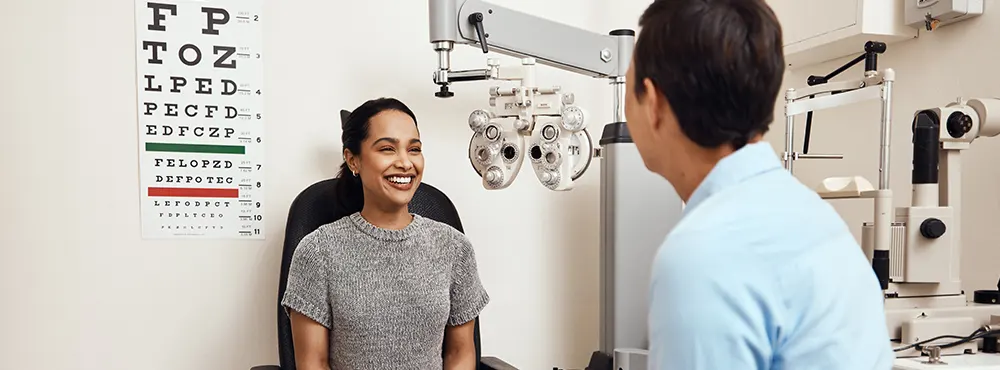Eye health screening
Before your vision is tested, you’ll most likely be taken to an eye health screening. This involves using a machine called an auto-refractor, which can give the optician an approximate indication of your current vision. A tonometer will be used to measure your eye pressure, which will involve a puff of air on the eyes, this may be a little uncomfortable but not painful at all. Digital retinal photography will take an image of your eye (you’ll experience a bright flash of light) to check the health of the back of the eye. A visual field test may also be performed to check your peripheral vision. Some tests are optional so don’t worry if your screening is slightly different.

 Offers
Offers Account
Account
 Favorite
Favorite
 Basket
Basket

 OFFERS
OFFERS















